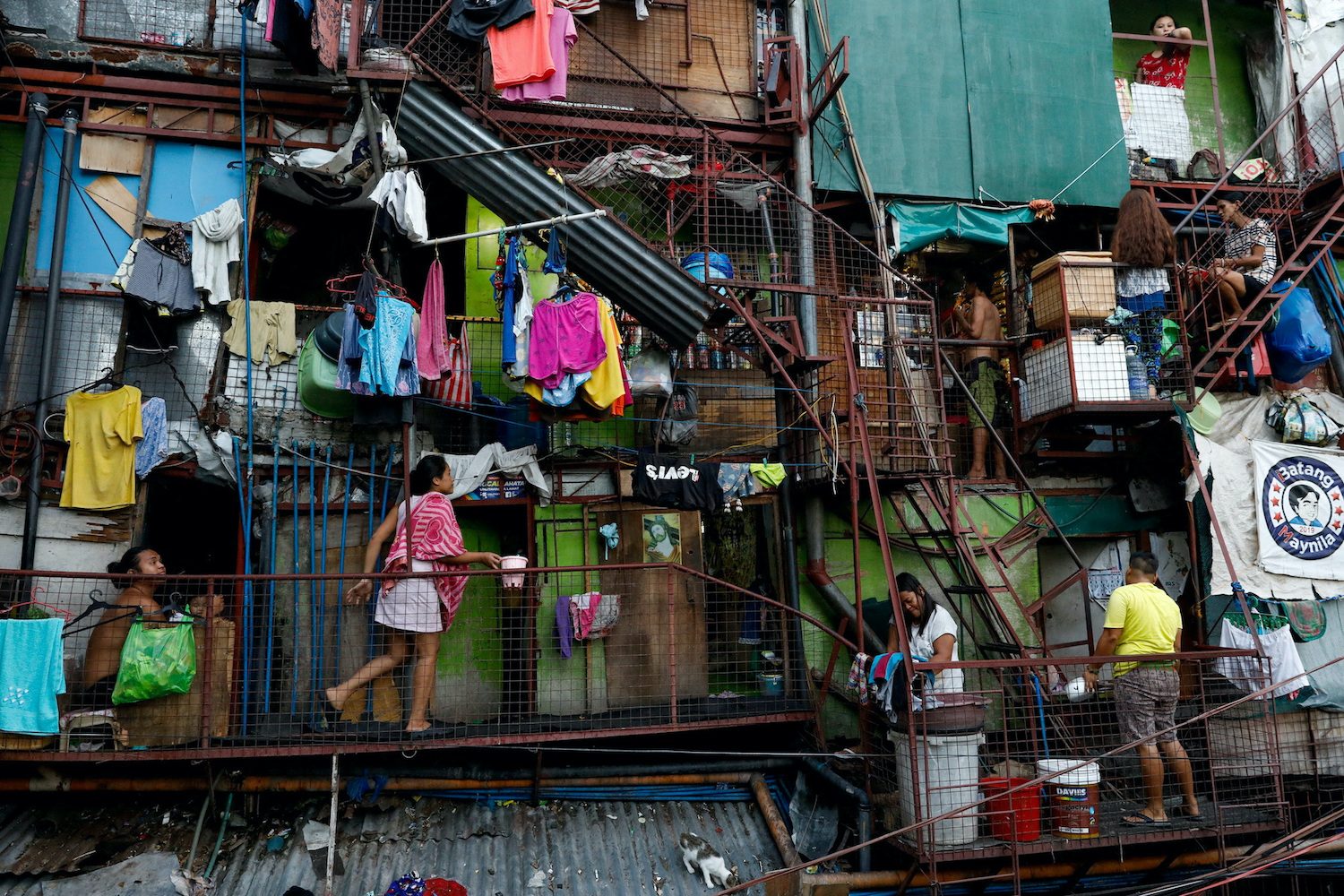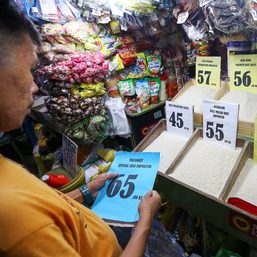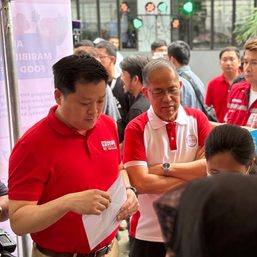SUMMARY
This is AI generated summarization, which may have errors. For context, always refer to the full article.

MANILA, Philippines – The Department of Social Welfare and Development (DSWD) announced on May 23 its plan to launch a food stamp program aimed to alleviate hunger and poverty.
Through the “Walang Gutom 2027” program, DSWD will provide food credits worth P3,000 to one million households who are identified as food poor.
How will this program be implemented? And who are the eligible beneficiaries?
The program
As of May 23, 2023, DSWD Secretary Rex Gatchalian said his department will work on designing the program until June.
Gatchalian said his department is working with various experts, including the United Nations’ World Food Program for technical expertise, multiple experts in his department, and the Philippine Statistics Authority (PSA).
Digital cards are set to be given to the intended beneficiaries to ensure that the P3,000 will be spent on food. Gatchalian clarified that this program will use food as currency and not the physical food stamps,
Instead of money, the digital cards will be loaded with food equivalents which will be composed of 50% carbohydrates, 30% protein, and 20% fats. Card holders will just need to choose items falling under said food groups through DSWD-accredited retailers.
With the aim to extend the “whole ecosystem” of farm to table, the government plans to partner with the Kadiwa ng Pangulo outlets to extend it further to “market to table.” The department also eyes to team up with micro, small and medium enterprises (MSMEs), and big grocers.
Who are eligible beneficiaries
The program intends to target the bottom one million households who belong to the food poor criteria as defined by the PSA. These are families who do not earn beyond P8,000 monthly.
Beneficiaries of the program will be selected from the National Targeting Household System (NTHS) or the Listahan 3. This is the targeted survey conducted by the department every four years to identify potential beneficiaries of government programs, such as the Pantawid Pamilyang Pilipino Program (4Ps), among others.
When will this be implemented
The department is set to pilot run the program this July up to the end of the year. The pilot run will cover 3,000 households from five identified sites.
Gatchalian named the following areas for the pilot run of the program: former conflict areas, specifically in the Bangsamoro Autonomous Region of Muslim Mindanao, geographically isolated regions or provinces, calamity-stricken areas, urban poor community, and rural poor areas.
The DSWD is eyeing to implement the food stamp program in a “progressive manner,” instead of simultaneously covering the one million target beneficiaries.
After the pilot run this year, the program will roll out to 300,000 households by the first quarter of 2024 for its actual implementation. Then it will cover another 300,000 households in the succeeding year, and will continue to do so, until it reaches the one million target of the government.
Conditional program
Under the food stamp program, beneficiaries will be required to acquire jobs.
DSWD Undersecretary Edu Panay on June 3 said that food stamps beneficiaries will need to have jobs to lessen their dependence on government aid.
Earlier, Gatchalian also mentioned that households that will sign up for the program will be required to go to the nearest public employment office, and be counted as part of the workforce. No matter what job a beneficiary gets, what matters is he/she works, he said.
The program’s goal is to supplement a family’s food intake to alleviate hunger, which will then result in a productive citizen.
A measuring system will be implemented, too, according to Gatchalian. Through various survey methods, the department will monitor progress among the beneficiaries, making sure they move towards getting out of the food poor category.
Still under design stage
Gatchalian said the program’s design is set to be finalized by June 2023 before its pilot run. During this time, the department is working on its implementation and funding. The DSWD has not yet given an exact amount of the program’s budget
Gatchalian said during the program’s briefing that the “detailed pesos and centavos” will be determined once the design stage is completed.
The six-month pilot run of the program, however, will be funded by the close to $3 million grant from the Asian Development Bank (ADB). – Rappler.com
Add a comment
How does this make you feel?

![[OPINION] Hungry children do not make good students](https://www.rappler.com/tachyon/2024/01/imho-PH-PISA-scores-jan-27-2024.jpg?resize=257%2C257&crop=260px%2C0px%2C720px%2C720px)

![[ANALYSIS] Craving, craft, and cosplay](https://www.rappler.com/tachyon/2023/08/TL-craving-craft-cosplay.jpg?resize=257%2C257&crop=393px%2C0px%2C1080px%2C1080px)

There are no comments yet. Add your comment to start the conversation.